The Best Bug Sprays for a Bite-Proof Summer, According to the Pros
What’s the Best Bug Spray to Use in the Age of Zika? The Pros Weigh In

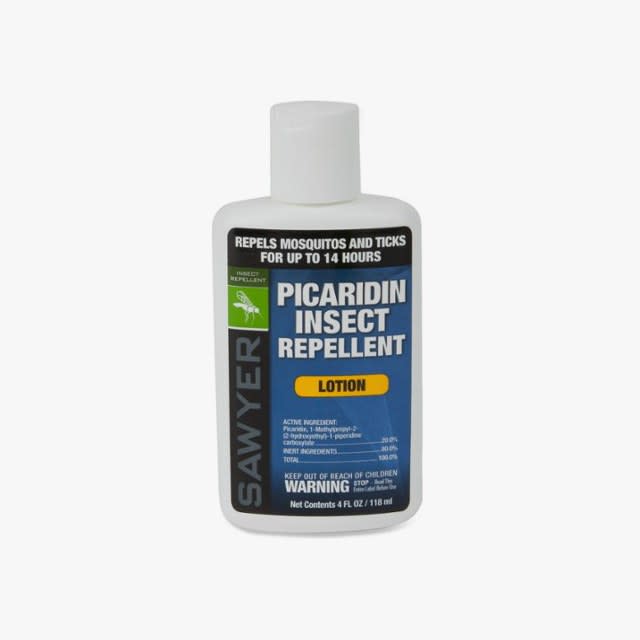
Sawyer Picaridin Insect Repellent Lotion, $9
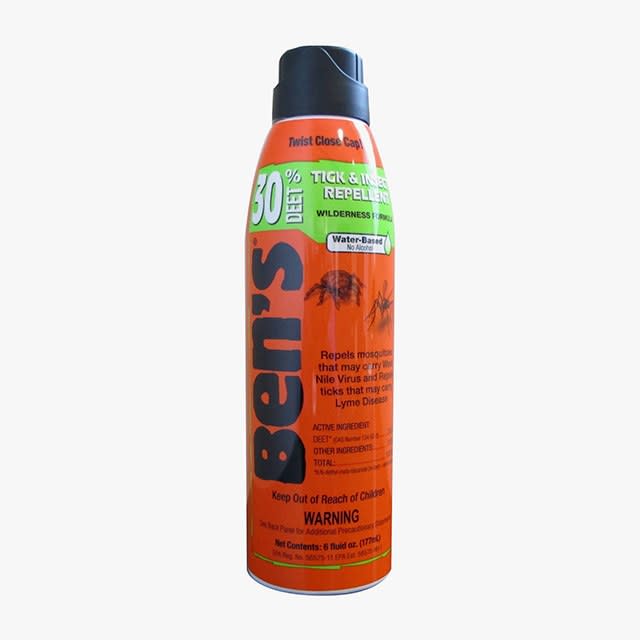
Ben’s 30% Deet Wilderness Formula Tick & Insect Repellent Spray, $8
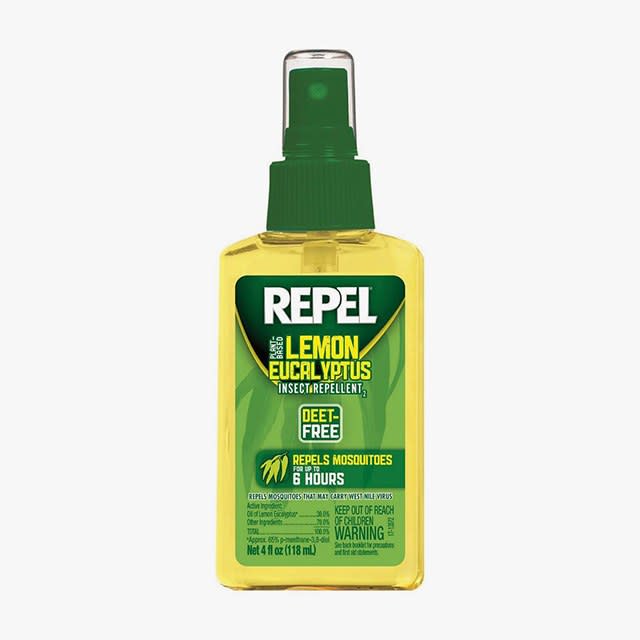
Repel Lemon Eucalyptus Insect Repellent Spray, $5
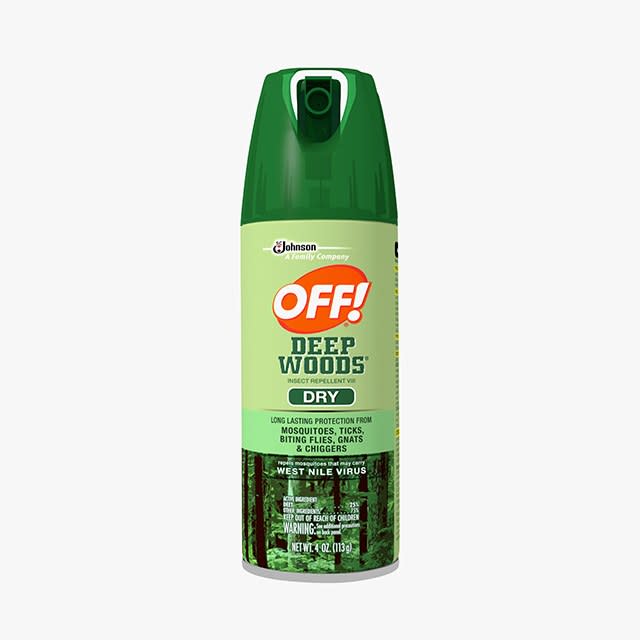
Off! Deep Woods Insect Repellent Vlll Spray, $6
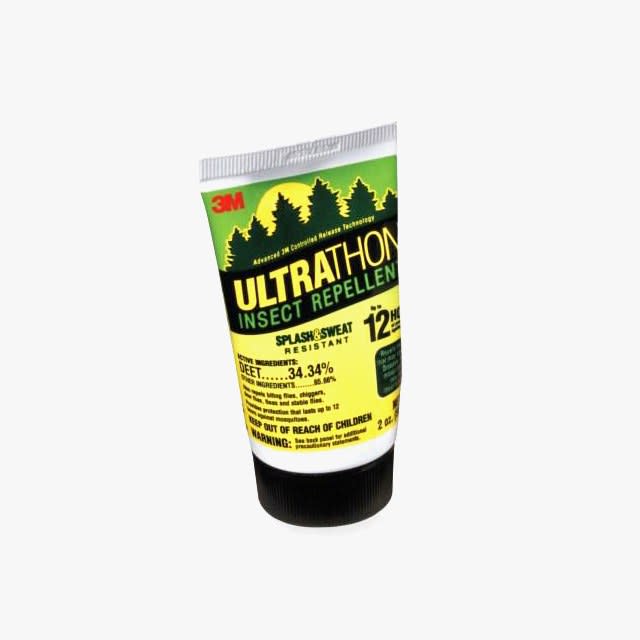
3M Ultrathon Insect Repellent Lotion, $11
Insect bites are always a summer scourge. But besides the annoyance of itchy red bumps, diseases stemming from mosquito and tick bites have more than tripled in the United States since 2004 as reported by the Centers for Disease Control and Prevention, and the emphasis on fighting them off is greater than ever before. The best course of action, say the experts, is to arm yourself with a high-performance insect repellent—and not to panic. "It's not about being fearful, just prepared,” says Erica Hardy, M.D., associate director of Women's Infectious Disease Consult Service at Women & Infants Hospital in Providence, Rhode Island. Of course, there’s no shortage of bug sprays on the market to choose from—both chemical and natural—which can make it difficult to pick a lane, so to speak, in terms of the ingredients.
“The weight of evidence really does support the use of DEET,” says Paul Sax, clinical director of infectious diseases at Brigham and Women’s Hospital in Boston. While this chemical ingredient has raised health concerns in the past, Hardy points out that the link “wasn’t clear, and newer data shows that it’s quite safe if used according to package labels.” In fact, Sax considers DEET the gold standard against Aedes mosquitoes that can transmit a host of diseases (including Zika) as well as deer ticks, which often strike now through the end of summer.
Still, there are a range of chemical alternatives recognized by the CDCP and the Environmental Protection Agency (EPA) to be safe and effective, including picaridin, IR3535, and oil of lemon eucalyptus (OLE), which is a synthetic derived from natural materials and shouldn’t be confused with the actual essential oil. “You have to be careful if you buy ‘pure’ oil of lemon eucalyptus—that’s not the same thing and it hasn’t been tested to work as a repellent,” says Sax.
As far as natural and organic bug sprays go, most experts in the field say there isn’t compelling evidence to show that they perform well. “Just because it comes from a plant doesn’t mean it works and is always safe,” Hardy says. What’s more, a recent study in the Journal of Insect Science found that sprays with citronella and other essential oils did little if anything to repel mosquitoes.
Here, a guide to choosing—and using—products that will keep bugs at bay.
Read Labels Carefully
To ensure your spray passes muster—whether you’re in a Zika hot spot or simply at a barbecue this weekend—look for those registered by the EPA. Check the side of the bottle: There will be the words “EPA” followed by a registration number (you can also search here). If you’re traveling abroad, it’s worth checking your luggage and packing your repellent, rather than relying on local pharmacies, which may or may not stock the brands with the ingredients you’re looking for.
Concentration Counts
Also pay attention to the concentration level of the active ingredients in the bottle. “There’s a sweet spot between 20 to 50 percent,” says Sax. “That provides a nice balance between repelling insects and not being so strong as to cause irritation.” Hardy prefers the 34 percent deet in UltraThon’s time-release formula, which absorbs gradually over the course of a few hours. For her kids, she likes Off! products with 10 to 30 percent deet, as recommended by the American Academy of Pediatrics. (For five of our favorite picks, see the slideshow above.)
It should be noted that with little ones, deet can be used on babies older than 2 months, while OLE should only be applied to children who are at least 3 years old. (With infants under 2 months, mosquito nets are advised.)
Technique Does, Too
How you apply your spray also matters: Do one pass over exposed skin, avoiding any cuts, scrapes, or areas of irritation. Don’t spray your face—instead, mist your hands and spread over your complexion. There’s no need to spritz any areas covered by clothing, or the actual garment itself. But in extreme instances of being in the trenches with mosquitoes, Sax says you can find clothing—as well as hats, shoes, bed nets, and jackets—treated with the chemical permethrin for added protection. “It’s very effective, and it works through dozens of washings.”
Be Extra-Vigilant About Sunscreen.
While the best sprays can keep you covered for four to eight hours, there’s a caveat: “Sunscreen is actually made less effective by mixing it with insect repellent,” says Sax, who cautions against buying any two-in-one formulas for that reason. You’ll also need to re-up your SPF more frequently. The best protocol for layering is “to apply sunscreen first, then mosquito repellent,” says Hardy.
Add a Bug-Repelling Perfume
As for that old theory that floral perfumes attract mosquitoes? Interestingly, the same Journal of Insect Science study that examined repellents also tested one fragrance—Victoria’s Secret Bombshell—and found that it fended off mosquitoes for up to 120 minutes. The authors noted that the scent, which has notes of purple passion fruit, peony, and vanilla orchid, might have a masking effect that deters the winged biters. Not that you want to rely on a favorite scent alone, but when it comes to adding a little summer ambiance, it certainly can’t hurt.



